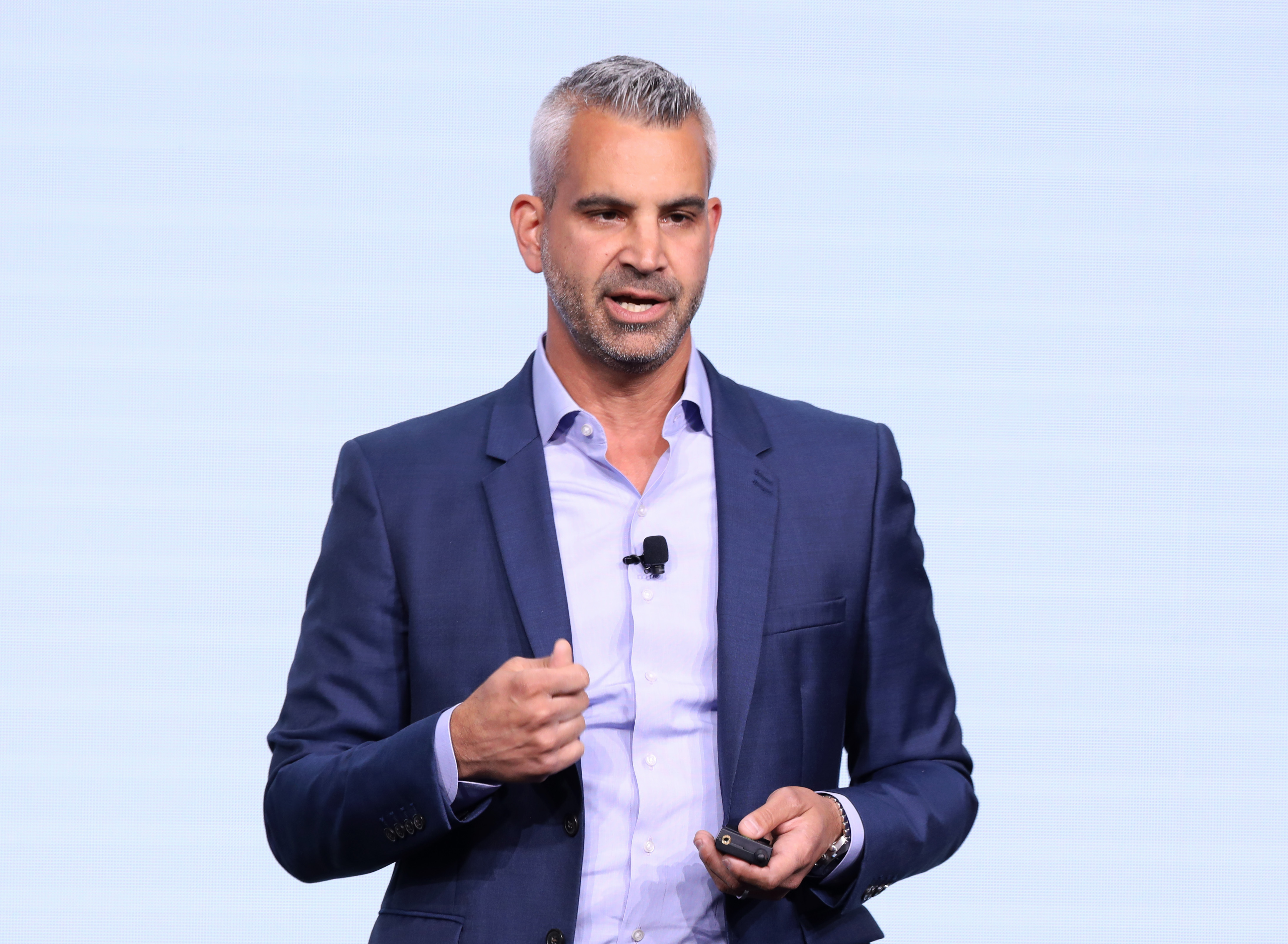One Year In, Xandr Still Pushing for Relevant Ads

Why This Matters: AT&T wants to use its year-old Xandr advanced-ad unit to make ads more relevant — and not just on its own platforms.
One year after being christened as Xandr, AT&T’s advanced advertising company continues to push the message that its technology can help make advertising more palatable for consumers and more effective for advertisers.
It also wants to make advertising more lucrative for programmers and content creators — and not just for the ones owned by AT&T.
“We’ve been very busy in building technology and launching products to realize our vision of building a premium advertising marketplace, so advertisers can reach audiences and media companies can get the best value for their inventory,” Xandr CEO Brian Lesser said at the company’s second annual Relevance conference in Santa Barbara, California.
Some things have been accomplished in year one. The company has launched an ad-buying platform, Xandr Invest; an ad-selling platform, Xandr Monetize; and an ad-inventory marketplace it calls Community.
At the conference, Lesser said Bloomberg and Vudu had joined the Community marketplace.
Meanwhile, AT&T chairman and CEO Randall Stephenson, defending the company’s “modern media company” strategy at a Wall Street conference, talked about his expectations for the company’s advertising business.
Broadcasting & Cable Newsletter
The smarter way to stay on top of broadcasting and cable industry. Sign up below
“Because we have all of the viewership data from set-top boxes, we have viewership data on the mobile phones, we’re getting an amazing premium for selling that small advertising inventory in DirecTV,” Stephenson said at the Goldman Sachs Communacopia conference in New York. “When we did the Time Warner deal, now WarnerMedia, what came with it was a rather large inventory of advertising,” Stephenson said.
Stephenson noted that AT&T had hired Lesser, who had been with media buyer GroupM, and invested in technology, including AppNexus.
“We spent the last year and a half standing up the technology stack to now take the Turner ad inventory,” he said, referring to WarnerMedia’s ad-supported channels. It will use the same AT&T data and “drive advertising revenues off the Turner inventory. We will be going to the upfronts next spring with one face, Xandr, and representing all of the Turner inventory. We will be doing that next spring and we’re pretty excited about what the possibility is here for advertising.”
Xandr officials at the conference did not elaborate on how Xandr and Warner- Media would be working together more closely than they had at the past year’s upfronts.
In addition to the Turner linear cable TV ad inventory, Xandr will eventually be selling inventory from a new streaming video product from WarnerMedia. WarnerMedia plans to launch HBO Max next year as a non-ad-supported product.
About a year after that, though, the company plans to launch an ad-supported video-on-demand service. Lesser said Xandr was already looking at ad loads and ad formats for the service.
The conference, attended by media buyers, brand marketers, media companies (some that have joined Community, some that have not) and ad tech companies, continued a conversation about how advertising should react as consumer content consumption behavior changes.
“That is causing changes in how businesses behave and how they invest,” Lesser said. “It’s also causing changes in how we cooperate and how we work together. If you remember nothing from my talk today, remember that in order to meet the consumer where they are in terms of delivering content, in terms of integrating advertising, we need each other as partners.
“No one company is going to get there by itself and this conference is really a way for us to engage with all of you — our customers, our partners, our clients,” Lesser added.
Jon has been business editor of Broadcasting+Cable since 2010. He focuses on revenue-generating activities, including advertising and distribution, as well as executive intrigue and merger and acquisition activity. Just about any story is fair game, if a dollar sign can make its way into the article. Before B+C, Jon covered the industry for TVWeek, Cable World, Electronic Media, Advertising Age and The New York Post. A native New Yorker, Jon is hiding in plain sight in the suburbs of Chicago.

